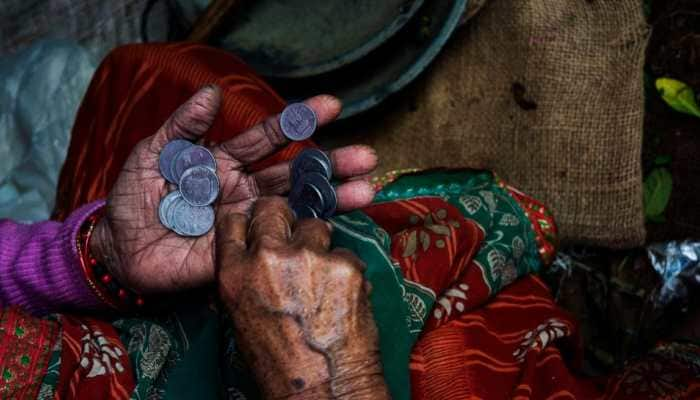Which Countries Have The Most Gender Equal Laws? Where Does India Stand? Know All Here
According to New World Bank Report, Indian women have 74.4% of the rights that men have, the global score stands at 77.1%. India has come a long way from 63.75 index points in 2000 to 74.4 points in 2022.
Trending Photos
)
The majority of nations have passed legislation promoting equal treatment for women. It appeared as though legal protections and rights were bridging the gender gap. But the World Bank’s Women, Business and the Law Index, released March 2, 2023, has a shocking revelation. According to the report “The global pace of reforms toward equal treatment of women under the law has slumped to a 20-year low,” This "indicates women, on average, enjoy barely 77% of the legal rights that men do," the research stated. The study stated that many countries' reforms are moving so slowly that a woman starting a job today would retire before being granted the same rights as men
Gender Equal Laws: Where Does India Stand?
According to a recent World Bank assessment, India's laws made little headway last year in eliminating potential gender disparities, with women in the nation having only 74.4% of the rights that men have on various aspects of their freedom at work. In the world, women have 77.1% more legal rights than men, a small increase from the 2021 number. India received the same grade since no new reforms were implemented.
About 53% of countries, including India, do not have laws prohibiting gender discrimination in credit access. Nonetheless, India has made significant growth overall, moving from 63.75 index points in 2000 to 74.4 points in 2022. In 2000, the overall score was 60.0.
Gender Equal Laws: World Bank Report
While gender laws have come a long way, the pace of new reforms to address gender inequity globally hit a 20-year low in 2022, the report released on Thursday said. The report, titled, “Women, Business, and the Law" evaluates laws and regulations affecting women's economic participation in 190 economies based on eight indicators: mobility, workplace, pay, marriage, parenthood, entrepreneurship, assets, and pension. It identifies and advocates for the reform of discriminatory laws.
The annual study stated that although approximately 2.4 billion women of working age (ages 18 to 64) reside in nations that do not give them the same rights as men, more than 90 million women throughout the world have acquired legal equality in the last ten years.
The World Bank's assessment of 190 countries resulted in 34 gender-related reforms or changes to the legislation being implemented in 18 of those countries, which led to a little improvement in the worldwide average score. According to the report, this was the lowest number since 2001. The analysis stated that if things continue as they are, it would take at least 50 years to achieve legal gender equality everywhere.
The majority of the new regulations concentrated on enforcing equal pay and legislating more paid leave for fathers and parents. India's total score of 74.4 is better than the average of all lower-middle-income economies but lower than the world average.
Stay informed on all the latest news, real-time breaking news updates, and follow all the important headlines in india news and world News on Zee News.
Live Tv







)
)
)
)
)
)
)
)
)
)
